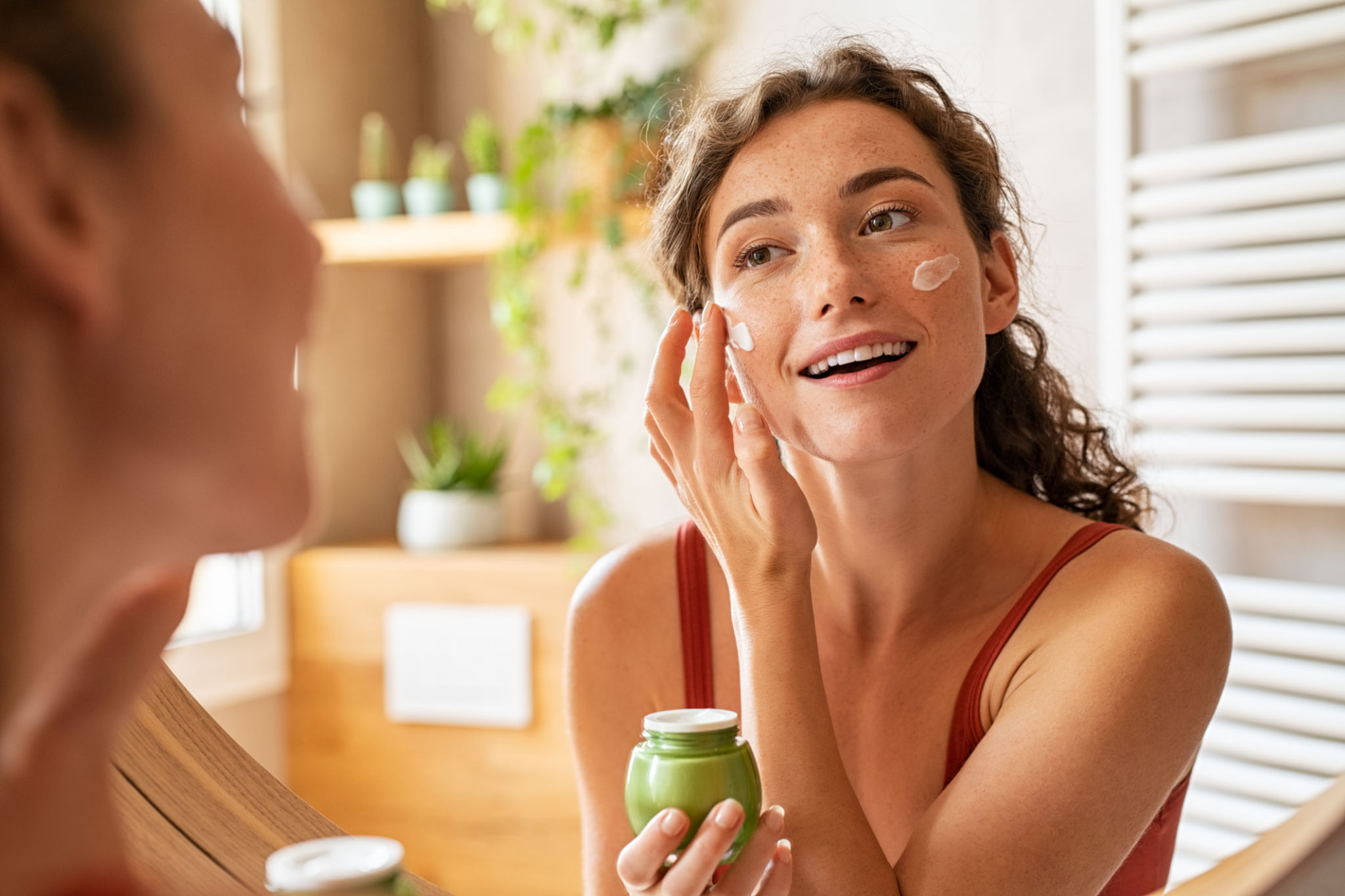Expert Advice: How to Build a Personalized Skincare Routine
Understanding Your Skin Type
Building a personalized skincare routine begins with understanding your skin type. Skin types generally fall into four categories: oily, dry, combination, and sensitive. Identifying your skin type is crucial as it influences the products that will work best for you. For instance, oily skin may benefit from oil-free moisturizers, while dry skin may require richer, hydrating creams.

To determine your skin type, observe how your skin behaves throughout the day. If it becomes shiny and greasy, you likely have oily skin. If it feels tight or flaky, it might be dry. Combination skin typically features an oily T-zone with dryness in other areas. Sensitive skin often reacts to products with redness or irritation, so it's important to choose gentle formulations.
Setting Your Skincare Goals
Once you've identified your skin type, the next step is to establish your skincare goals. Are you looking to reduce acne, minimize fine lines, or simply maintain healthy skin? Understanding your goals will help you choose products that target specific concerns. For example, if acne is a concern, look for ingredients like salicylic acid or benzoyl peroxide.
Creating a skincare routine is not just about treating specific issues but also about prevention. Incorporate products that offer protection against environmental aggressors and UV damage. Sunscreen is a non-negotiable step in any skincare routine, protecting against premature aging and skin cancer.
Choosing the Right Products
When selecting skincare products, pay attention to the ingredients and their benefits for your skin type and concerns. A basic routine typically includes a cleanser, moisturizer, and sunscreen. From there, you can add specialized products like serums or masks based on your goals.

Be cautious with active ingredients; while powerful, they can cause irritation if overused. Gradually introduce new products into your routine and monitor how your skin reacts. This approach minimizes the risk of adverse reactions and lets you determine which products truly benefit your skin.
Implementing Your Routine
Consistency is key when it comes to skincare. Develop a morning and evening routine that fits into your daily schedule. A typical morning routine might include cleansing, applying serum, moisturizing, and finishing with sunscreen. In the evening, focus on cleansing thoroughly to remove makeup and impurities, followed by hydration and any treatment products.
It's important to be patient; results don't happen overnight. Give new products at least four to six weeks to gauge their effectiveness. Remember that skincare is a long-term investment in your skin's health and appearance.

Adjusting Your Routine Over Time
Your skincare needs can change due to various factors such as age, climate, and lifestyle changes. Be prepared to adjust your routine accordingly. For instance, during winter months, you might need a heavier moisturizer to combat dryness caused by cold weather.
Regularly assess how your skin responds to your routine and make adjustments as needed. Consulting with a dermatologist can provide valuable insights and recommendations tailored to your unique skin concerns and conditions.
Final Thoughts
Building a personalized skincare routine is an empowering journey towards achieving healthier skin. By understanding your skin type, setting clear goals, choosing the right products, and being consistent with your routine, you can create a regimen that works for you.
Remember that everyone's skin is unique, so what works for someone else may not work for you. Trust the process and enjoy the benefits of a well-curated skincare routine.